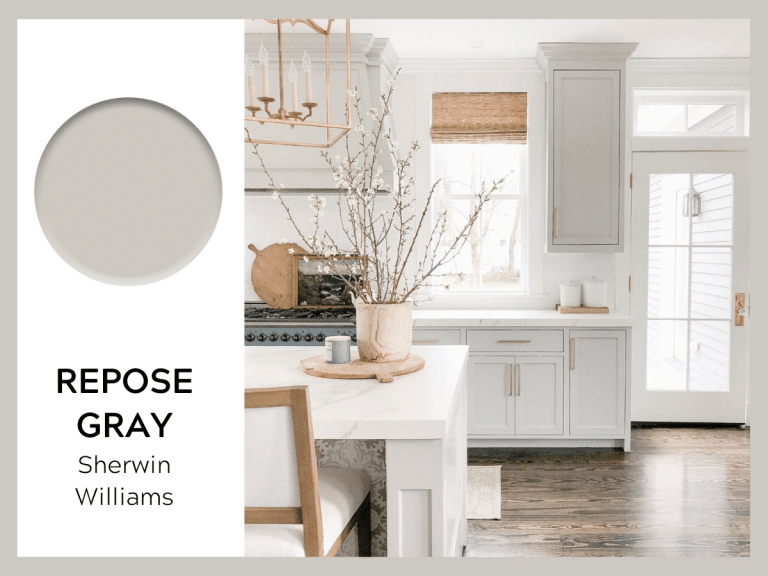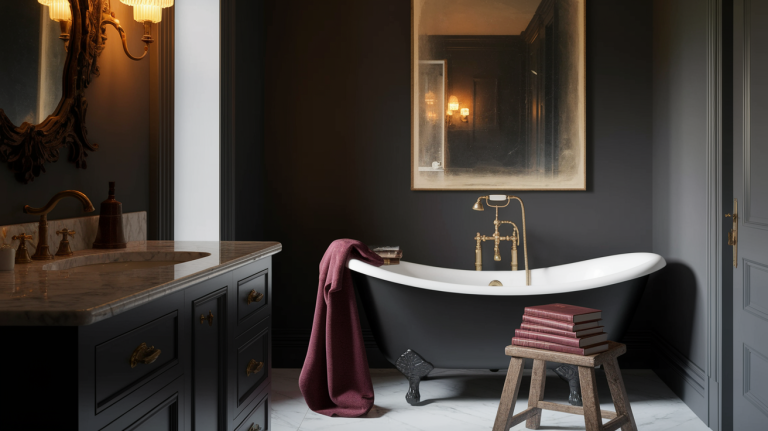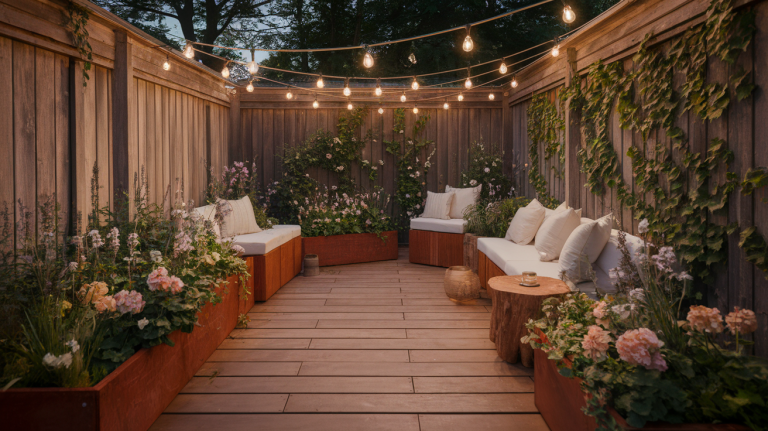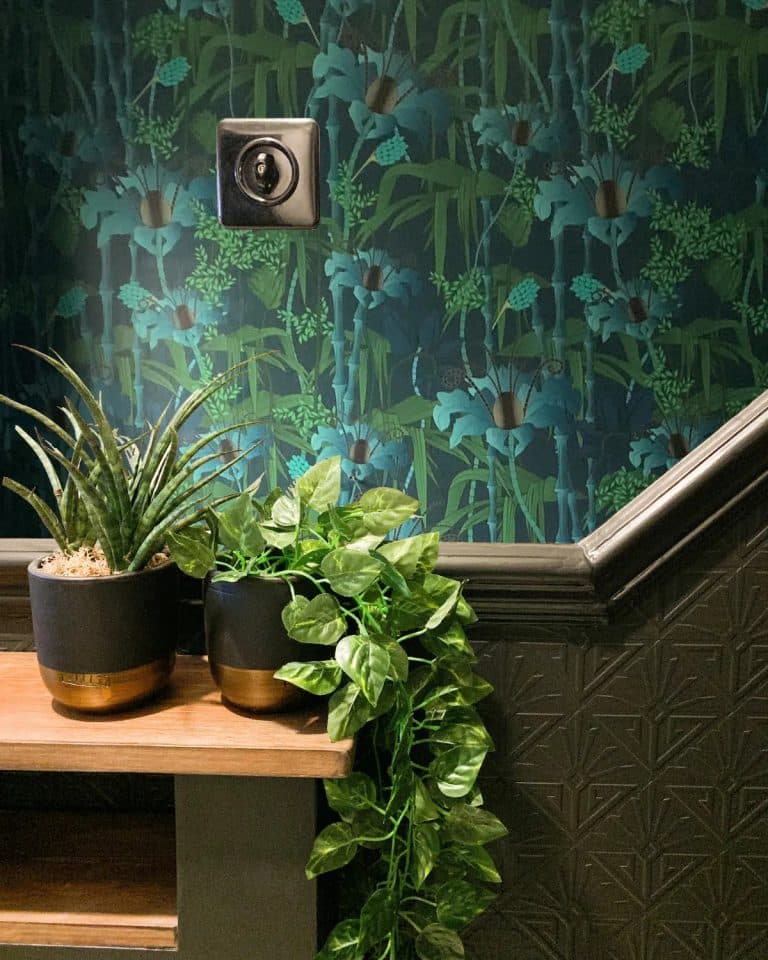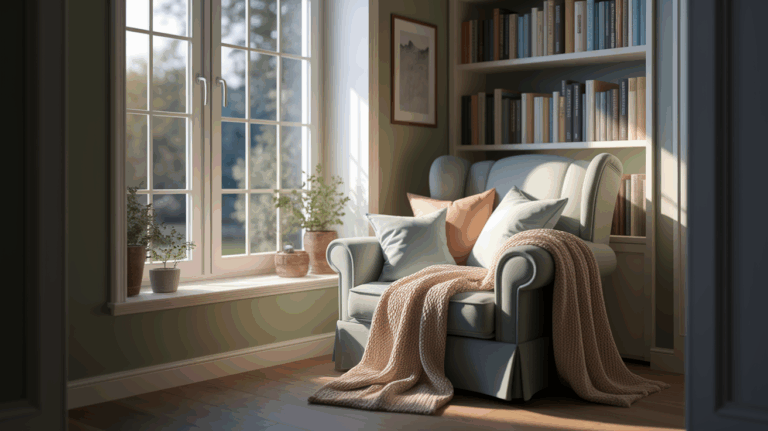17 Tips for Creating Cohesive Design Home
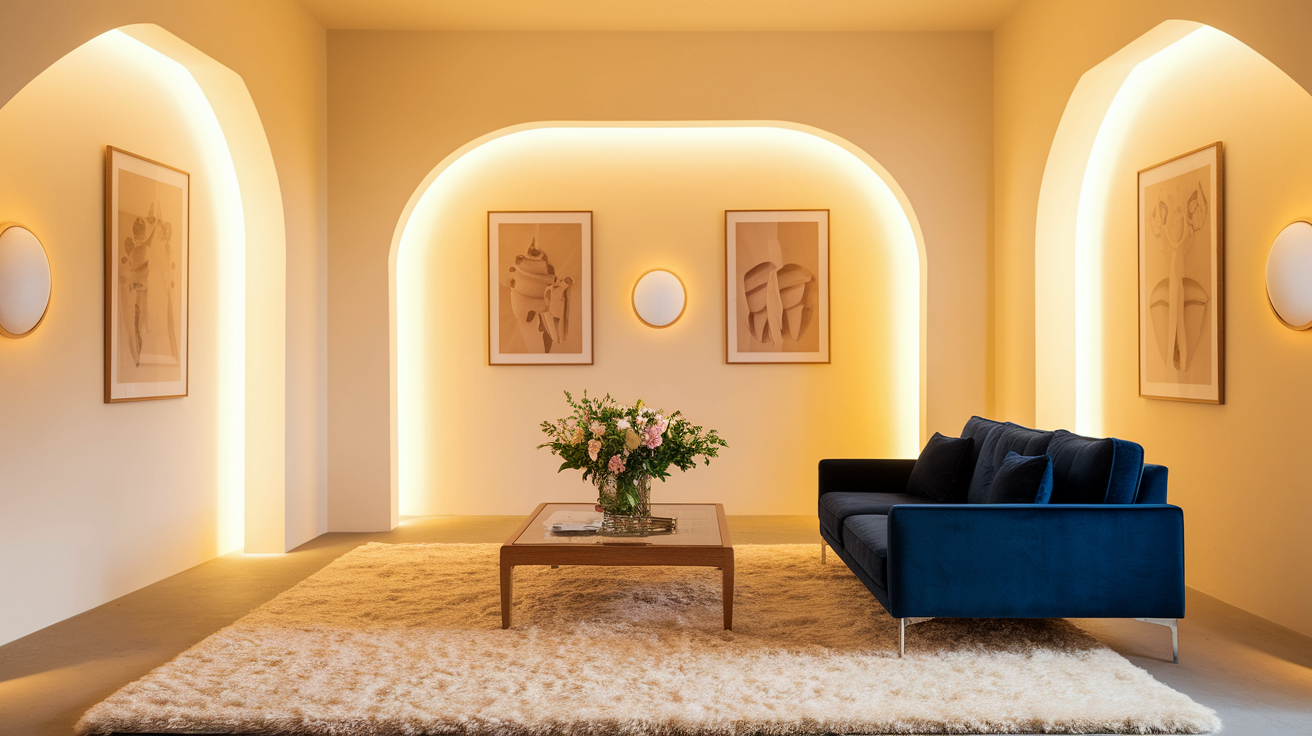
Creating a home that flows beautifully from room to room isn’t about following rigid design rules or buying matching furniture sets.
It’s about thoughtful choices that connect spaces while allowing each area to shine with its personality.
If you’re starting from scratch or refreshing your existing space, achieving cohesive design is one of the most powerful ways to elevate your home’s look and feel.
The good news? You don’t need a designer’s budget or years of experience to make it happen.
This guide contains 17 practical, actionable tips that will help you convert disconnected rooms into a harmonious home.
Understanding Cohesive Design
Cohesive design creates a harmonious flow throughout your home without making every room identical.
Rather than strictly matching items, it’s about thoughtfully connecting spaces through repeating elements.
This intentional approach prevents the jarring feeling of walking between drastically different styles while still allowing each room to maintain its unique purpose and character.
A well-designed, cohesive home feels calming and intentional, as though each element belongs exactly where it is.
1. Create a Consistent Color Palette
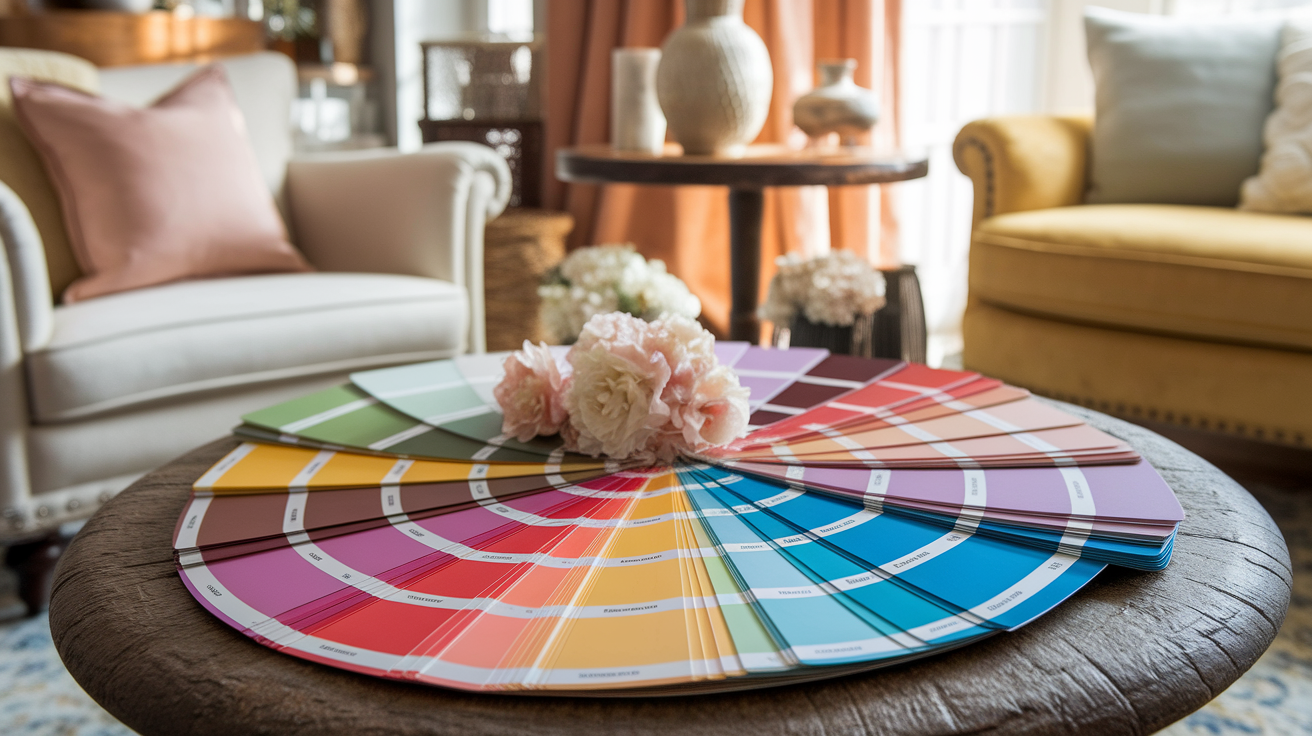
A cohesive home begins with a thoughtful color palette that flows from room to room.
Select 3-5 main colors that work well together and use them in varying proportions throughout your home.
This doesn’t mean every room should be identical; rather, use your chosen colors in different ways.
This color continuity creates a subliminal connection as you move through different spaces, making your entire home feel intentionally designed rather than randomly assembled.
2. Develop Materials
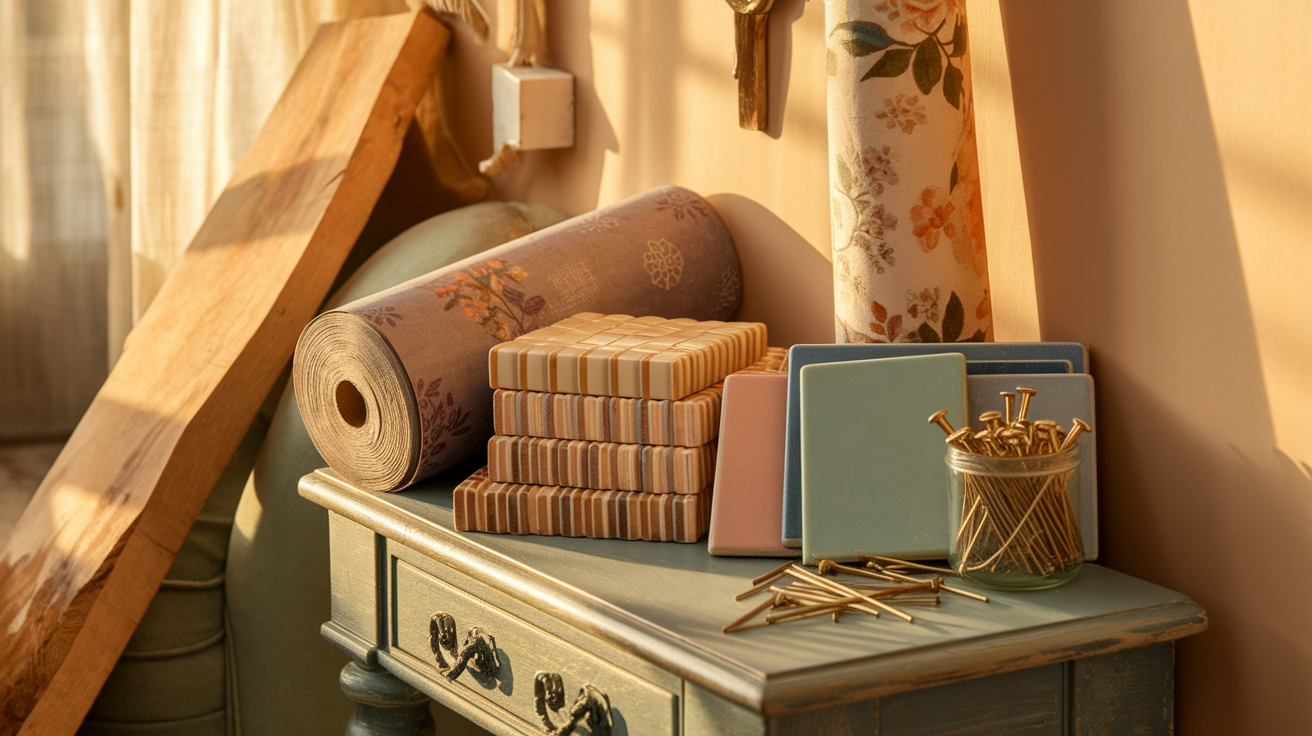
Materials and finishes act as the backbone of cohesive design.
Choose 2-3 primary materials, such as a specific wood tone, metal finish, and stone type, to repeat throughout your home.
When these elements appear consistently, they create a common thread that ties diverse spaces together.
For instance, if you select warm brass fixtures for your kitchen, carry that same metal finish into bathroom hardware, light fixtures, and even picture frames.
3. Define Your Design Style
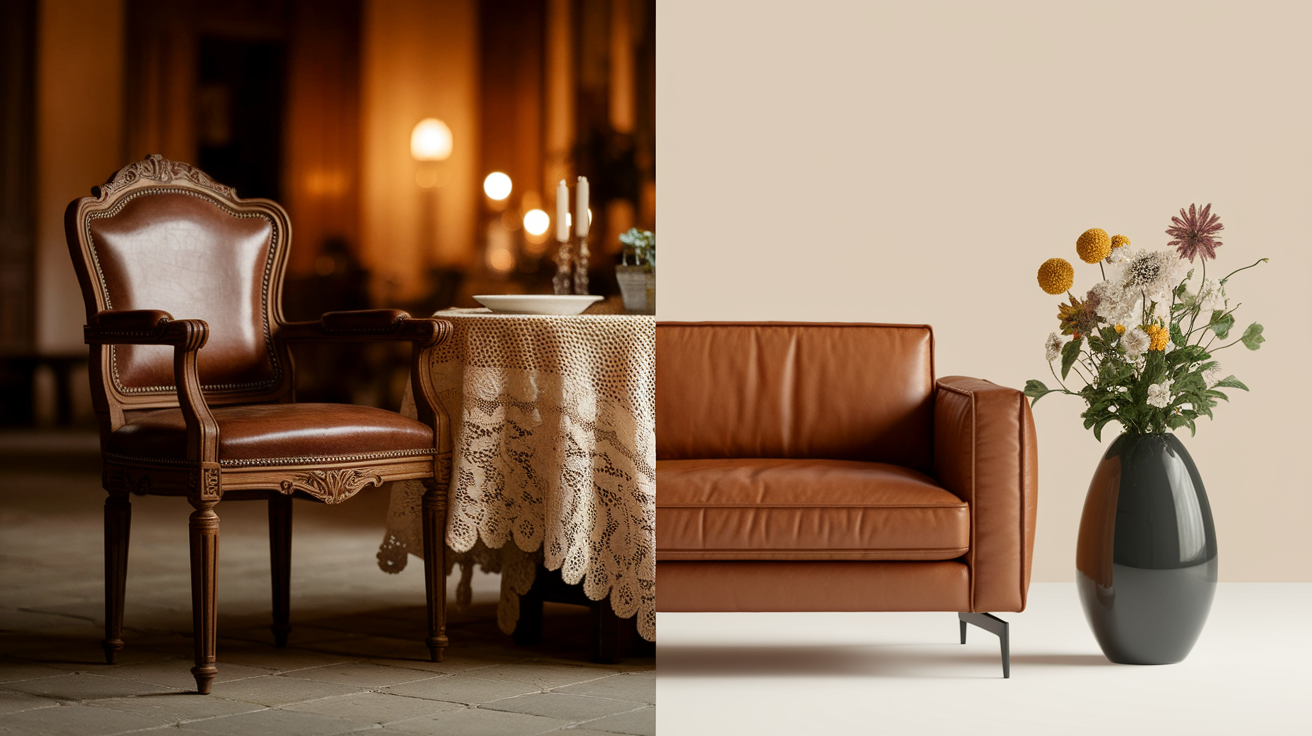
A clearly defined design style serves as your decision-making compass.
If you lean toward mid-century modern, traditional, farmhouse, or an eclectic blend, identifying your core style helps filter choices for new purchases and renovations.
Create a visual style guide using Pinterest boards or magazine clippings to clarify what matches with you.
This doesn’t mean rigidly adhering to one style; rather, it ensures that your eclectic choices still feel intentionally curated rather than randomly collected.
4. Create Thoughtful Decor

The way one room flows into another significantly impacts how cohesive your home feels.
Pay special attention to doorways, hallways, and open concept boundaries.
Using similar flooring throughout connected spaces creates a seamless transition, while carrying wall colors from one room into adjacent spaces helps spaces relate to each other.
Consider what’s visible from one room to another; these sightlines offer opportunities to create visual connections through repeated elements or design choices.
5. Repeat Key Elements
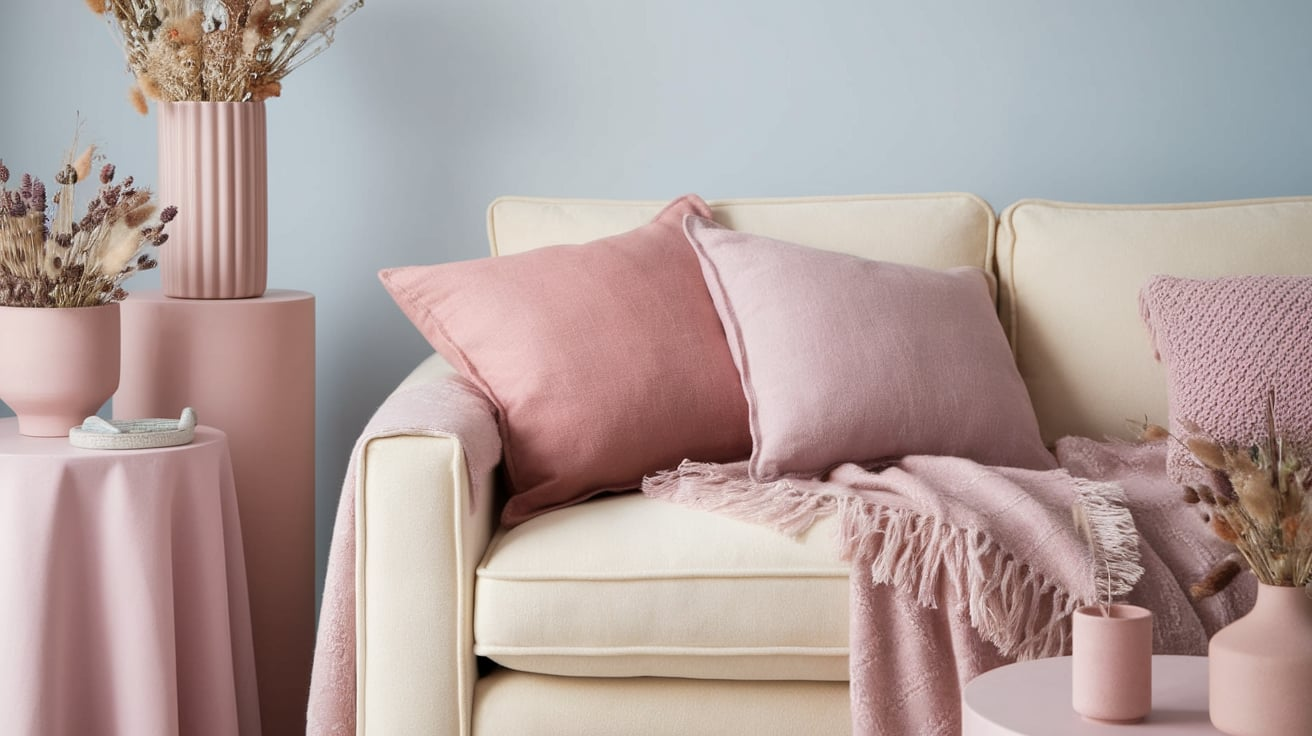
Structural details and hardware choices might seem minor, but they create powerful cohesion when consistently applied.
Using the same trim style, door handles, switch plates, and window treatments throughout your home builds a foundation of cohesion that allows for more flexibility in other design elements.
These repeating features create a subtle but important underlying structure that ties diverse spaces together, even when furniture and decor differ from room to room.
6. Pay Attention to Scale
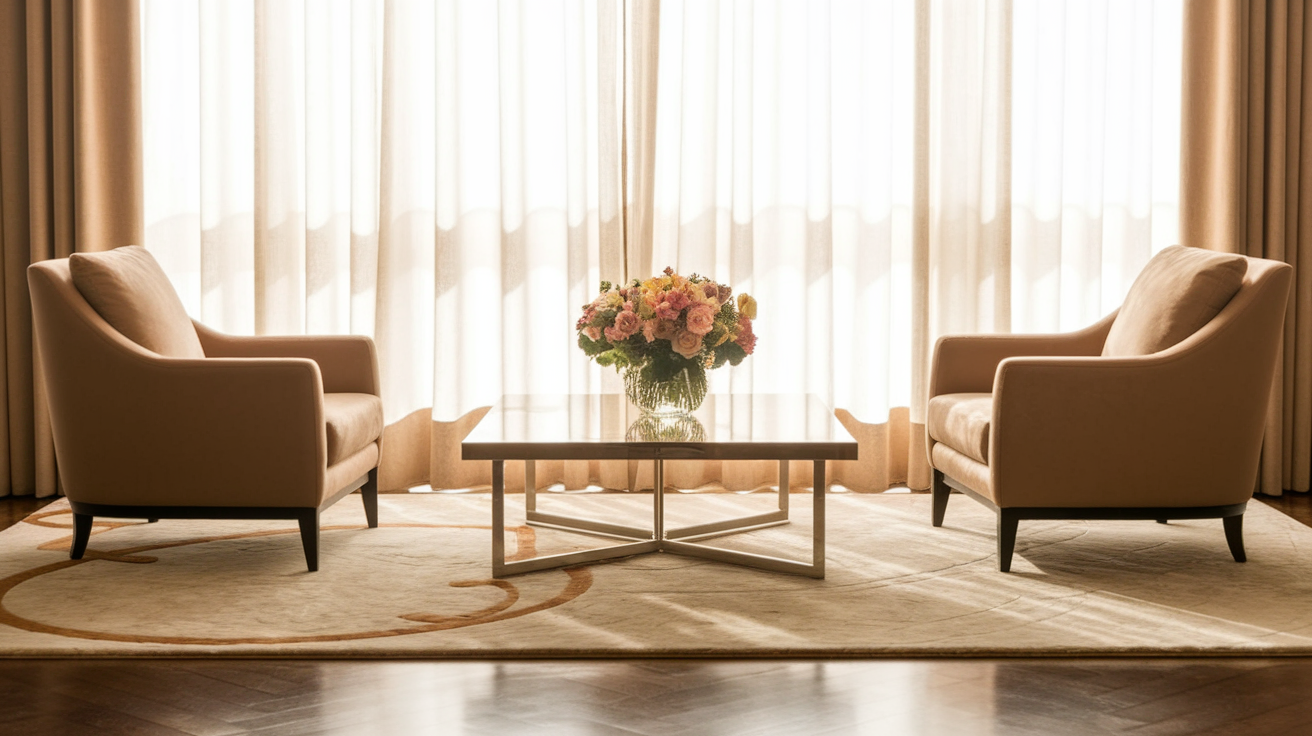
Consistent scale and proportion throughout your home create visual harmony that registers subconsciously.
Choose furniture that fits appropriately in each room. Oversized pieces in small spaces or tiny furniture in large rooms creates discord.
Similarly, maintain a consistent approach to ceiling heights, structural features, and the visual weight of your furnishings.
This attention to proportion makes your home feel balanced and thoughtfully designed, even when individual pieces vary in style or color.
7. Create a Logical Flow
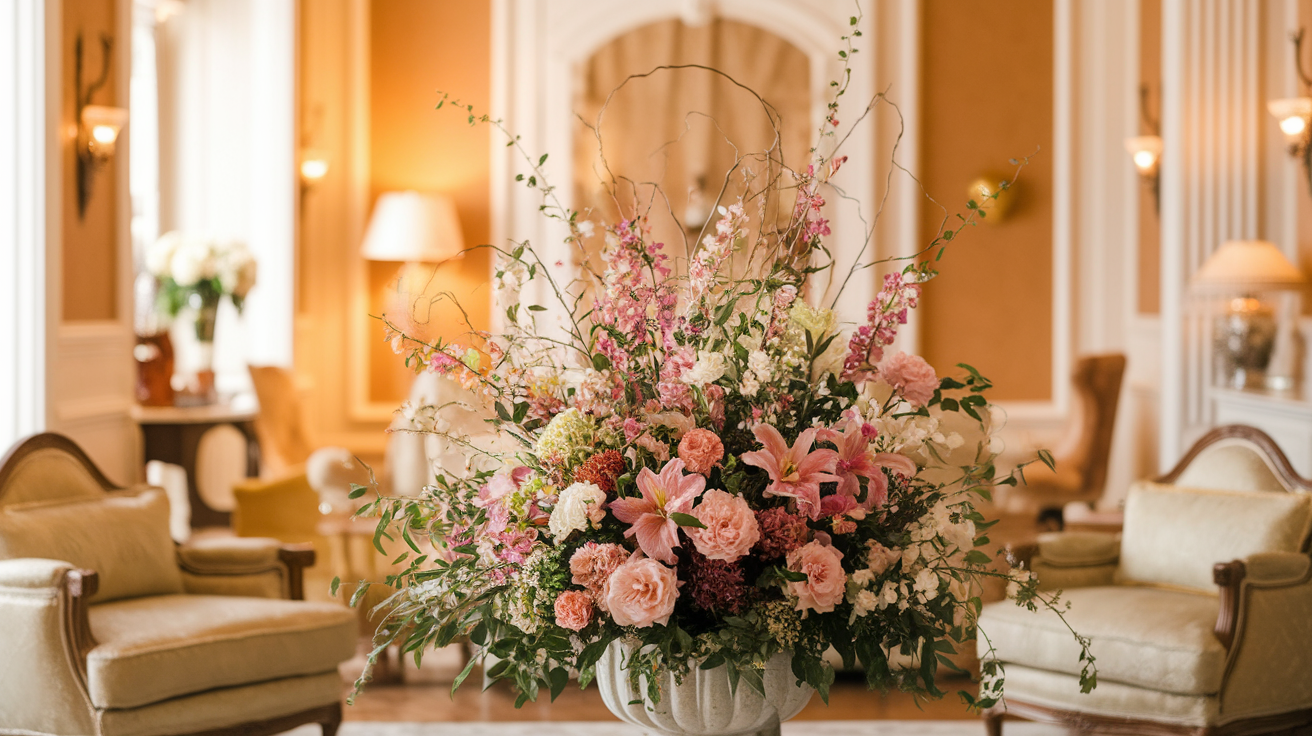
How you arrange furniture impacts both physical movement and visual flow between rooms.
Position key pieces to guide the eye naturally from one space to another, creating conversation areas that encourage comfortable interaction.
Consider traffic patterns and how people actually move through your home, ensuring that furniture placement feels intuitive and purposeful.
This thoughtful arrangement creates a sense that each room relates logically to the next, uplifting the overall cohesion of your home.
8. Establish Rhythm
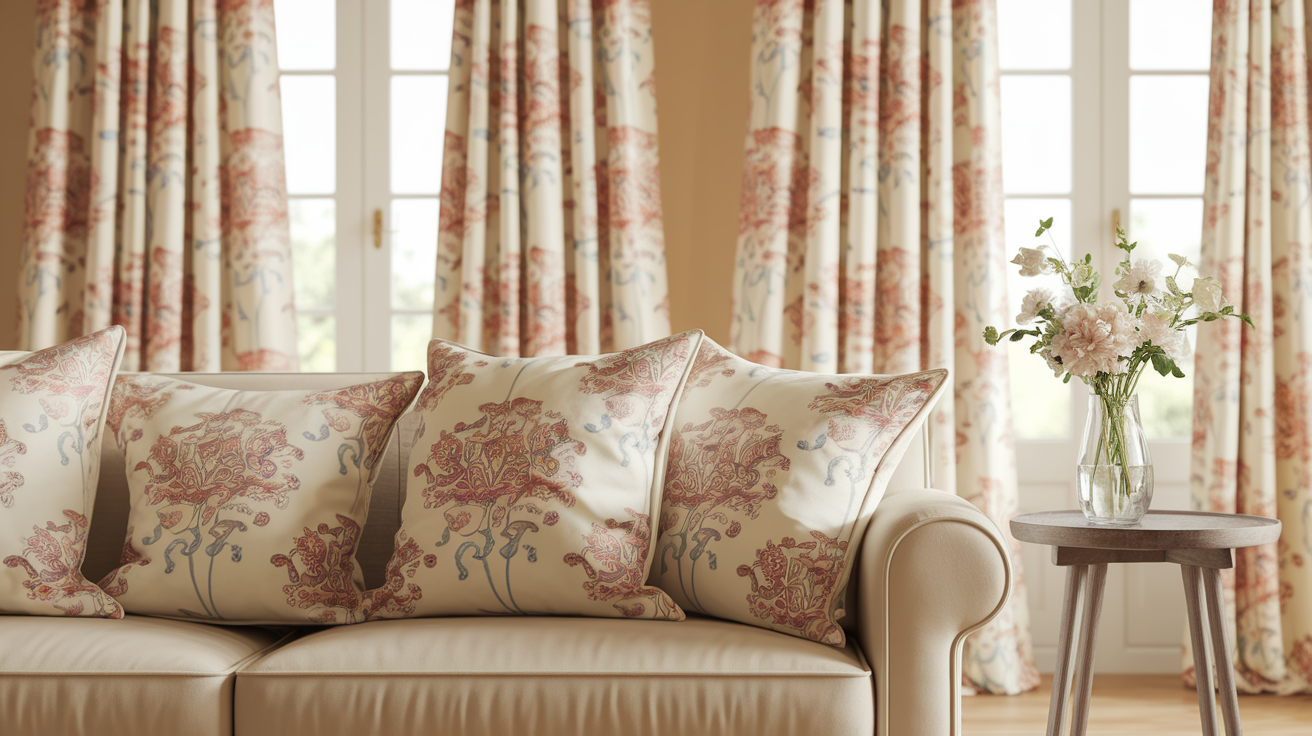
Patterns create energy and personality in your home, and using them strategically uplifts cohesion.
Select patterns that share a common style or theme, perhaps geometric shapes, organic forms, or traditional motifs, and repeat them in different scales throughout your spaces.
For example, a large floral in the living room might appear as a smaller, related pattern in bedroom pillows.
These pattern echoes create subtle connections between rooms while allowing each space to maintain its character.
9. Unify With Lighting Choices

Lighting dramatically impacts how we experience spaces, making it a powerful tool for creating cohesion.
Select lighting fixtures from complementary families or with shared design elements throughout your home.
Pay attention to light temperature as well using consistently warm or cool bulbs creates a unified atmosphere.
Even varying fixture styles can feel cohesive when they share similar materials, finishes, or shapes, creating a lighting storyline that connects different rooms.
10. Curate Cohesive Artwork
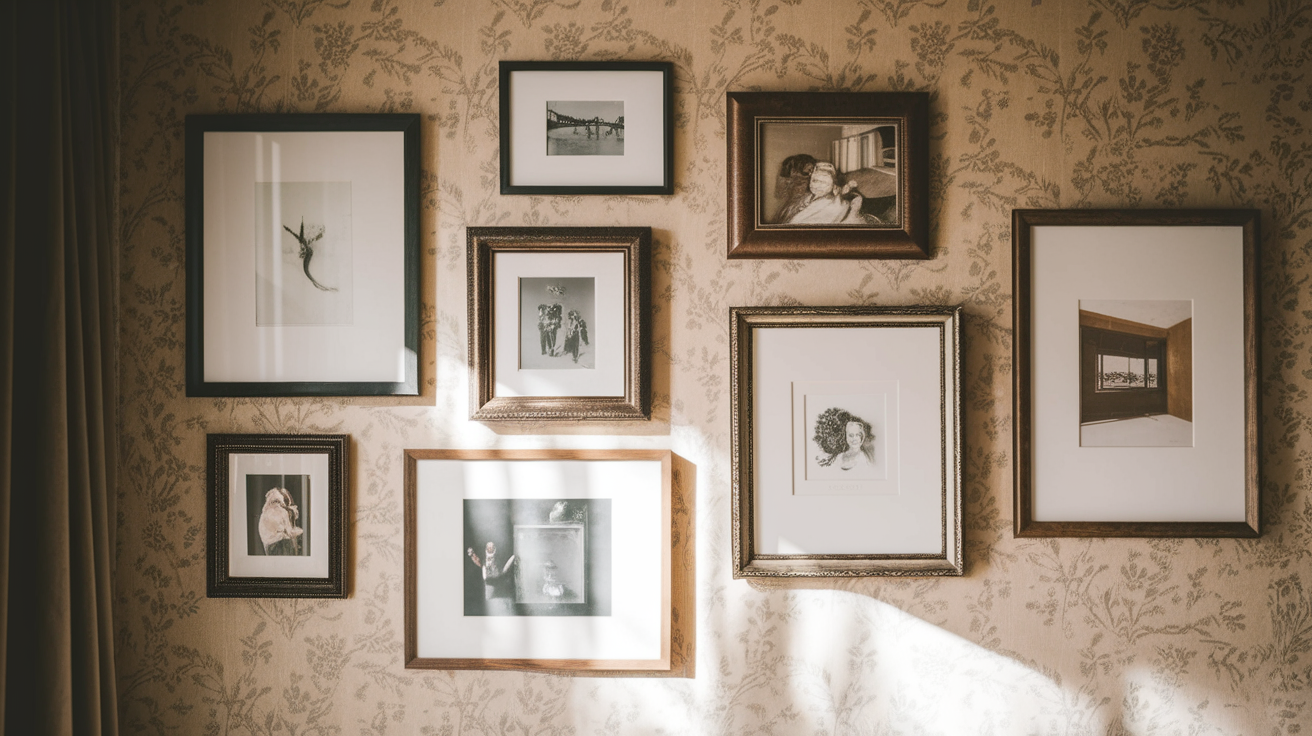
Your decorative choices significantly impact how pulled-together your home feels.
Develop a consistent approach to artwork, perhaps using similar frame styles or organizing pieces by theme or color.
Group collections thoughtfully rather than scattering similar items throughout different rooms.
Choose accessories that relate to your overall design story, whether through color, material, or style.
Most importantly, edit ruthlessly fewer, more meaningful items that relate to your design vision and create more impact than numerous disconnected pieces.
11. Accept Consistent Textile Choices
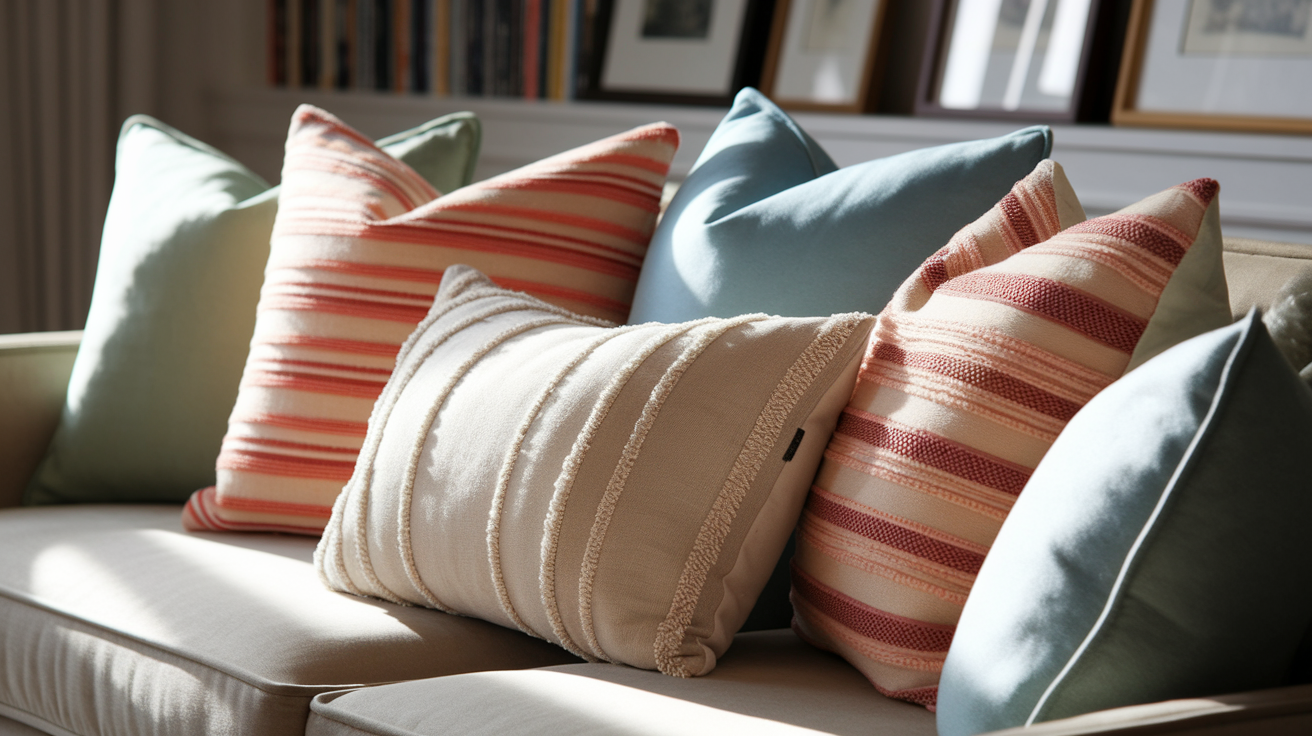
Textiles add warmth, texture, and color to your home, making them perfect vehicles for creating cohesion.
Select fabrics with similar weights and textures for upholstery, window treatments, and bedding throughout your home.
Repeat key textiles in different rooms perhaps using the same pattern for throw pillows in the living room and bedroom accent chairs.
Choose rugs that complement each other from room to room, whether through color, pattern, or material.
These fabric connections create subtle but important links between different spaces.
12. Create Balance With Negative Space
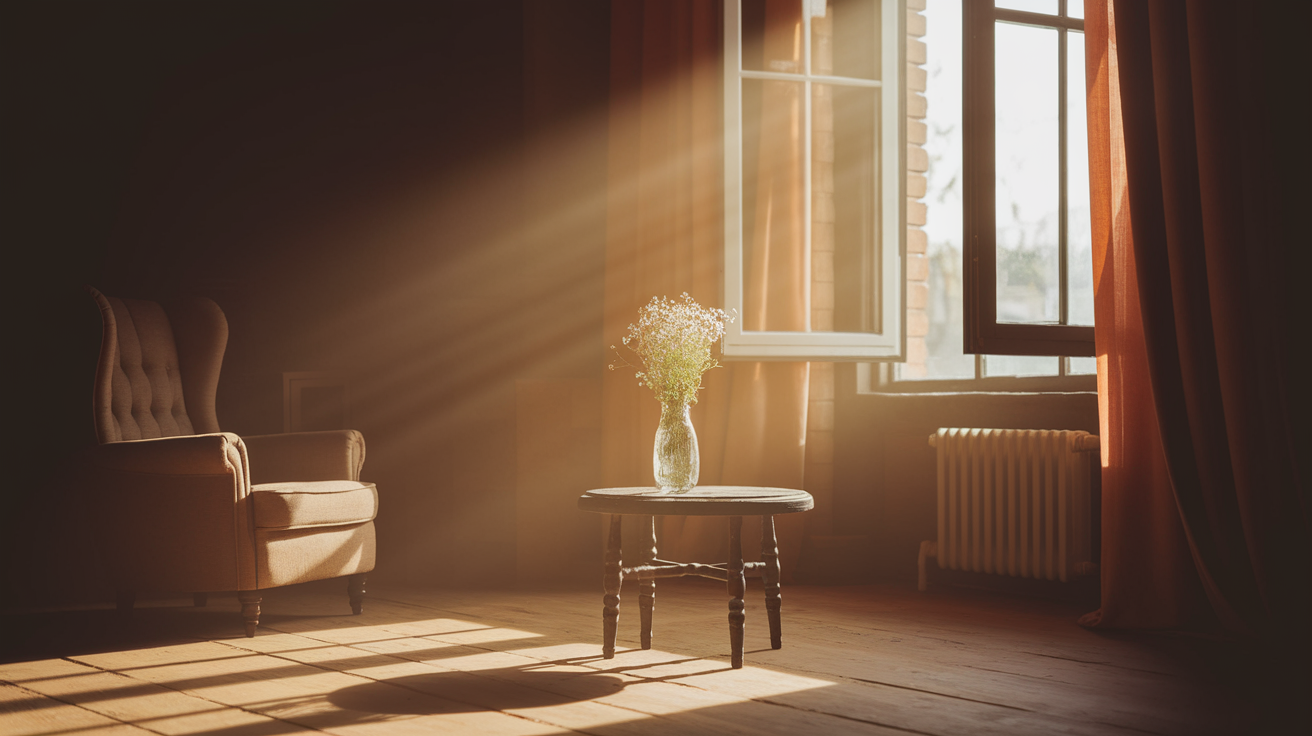
A cohesive home respects the power of space.
Maintain similar approaches to density and openness throughout your rooms, allowing appropriate breathing room around furniture and decor.
Resist the urge to fill every corner, instead creating visual rest areas in each space.
This consistent approach to negative space creates rhythm and balance throughout your home, allowing your design elements to shine without competing for attention.
13. Develop a Signature Design
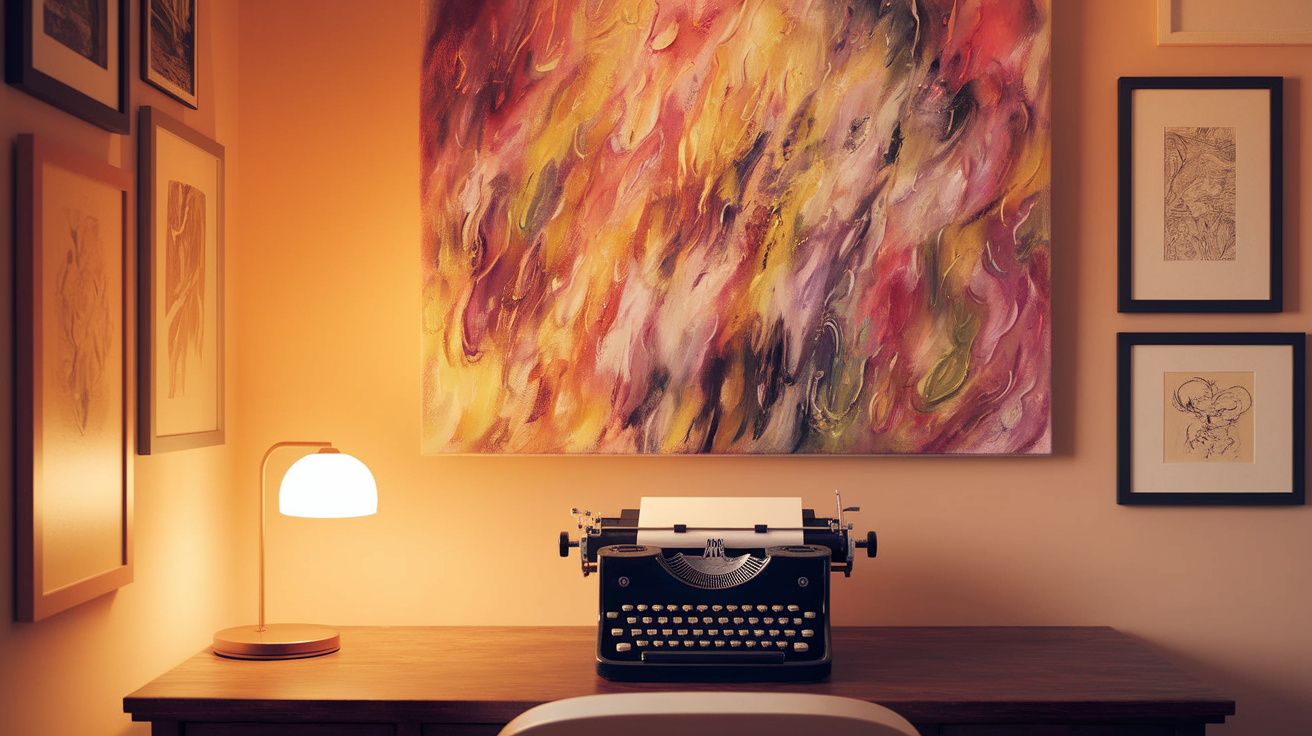
A distinctive design feature repeated throughout your home can become your signature element that instantly creates cohesion.
This might be structural, like arched doorways or black window frames, or decorative, like a specific wallpaper treatment or built-in shelving style.
Using this signature element as an anchor for your design creates immediate recognition and connection between different spaces, giving your home a custom, intentional feel.
14. Plan for Seasonal Changes
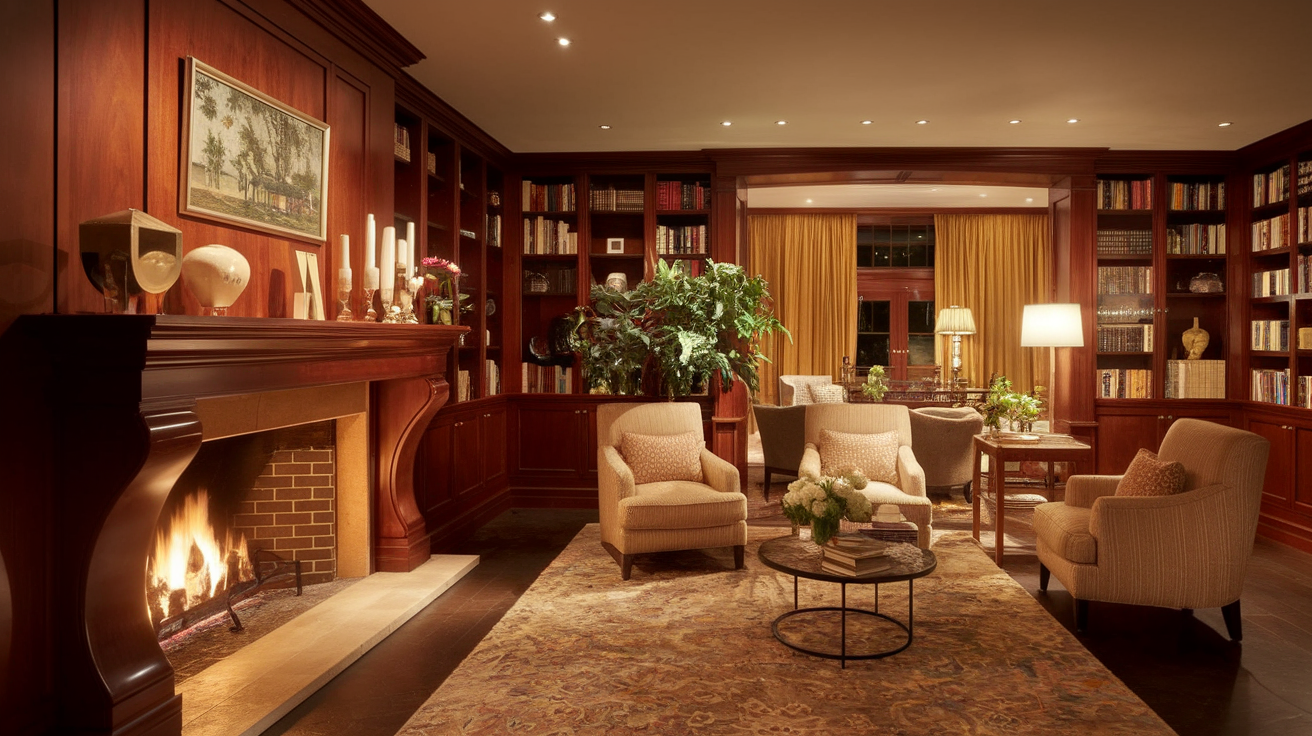
A truly cohesive home maintains its design integrity even as seasonal elements rotate in and out.
Create a base design that works year-round, then choose seasonal accessories that complement your core palette rather than fight against it.
By maintaining your foundation of cohesion while refreshing accent pieces, your home can feel both consistent and current throughout the year, adapting to seasons without losing its essential character.
15. Consider Structural Features
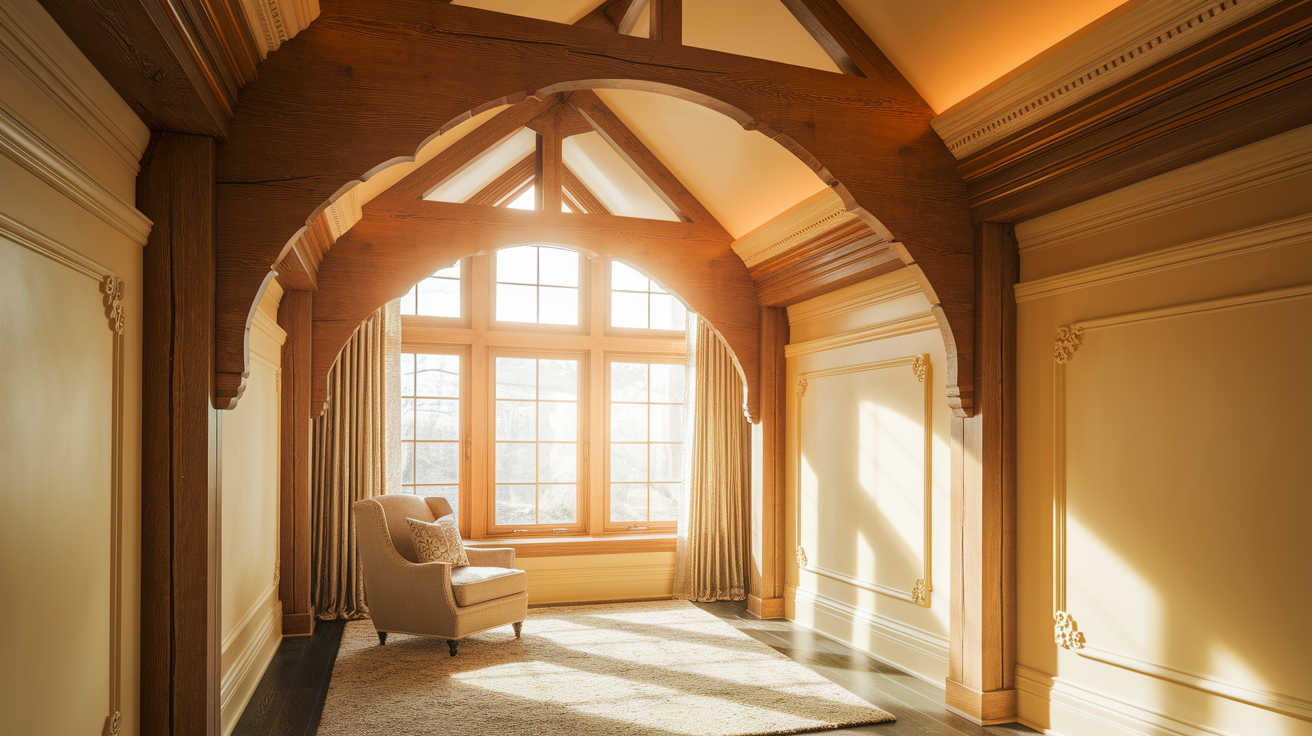
Your home’s built-in elements provide natural opportunities for creating cohesion.
Highlight similar features across rooms through consistent paint colors, treatments, or styling.
Address challenging elements with uniform solutions throughout your home.
Pay attention to often-overlooked details like ceiling treatments, trim styles, and transition points between materials, treating these elements consistently to create subtle but important connections between spaces.
16. Connect Indoor and Outdoor Spaces
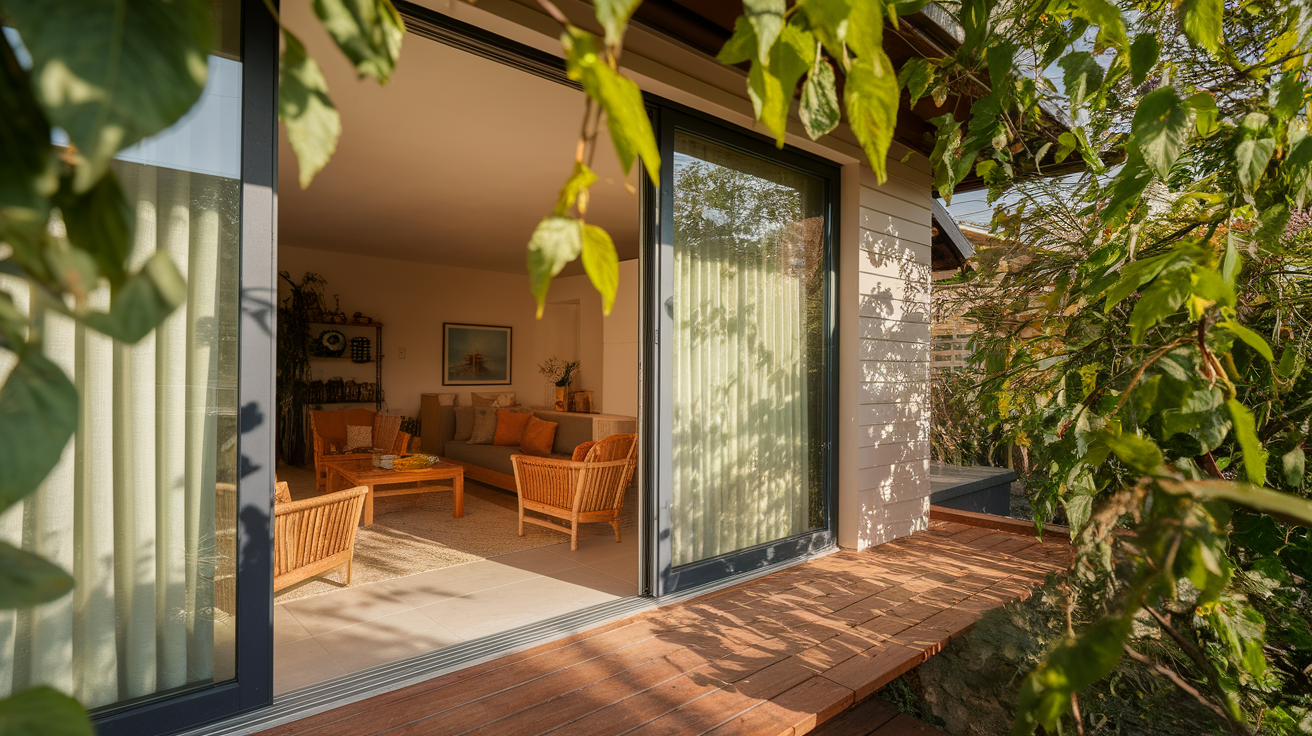
True cohesion extends beyond your interior walls to include outdoor living areas.
Extend your interior color palette to patios, porches, and garden spaces, and choose exterior materials that complement your interior finishes.
Create intentional views from inside to outside that feel like natural extensions of your rooms.
By treating outdoor spaces as continuations of your interior design story, you expand the sense of cohesion throughout your entire property.
17. Edit and Refine Continuously
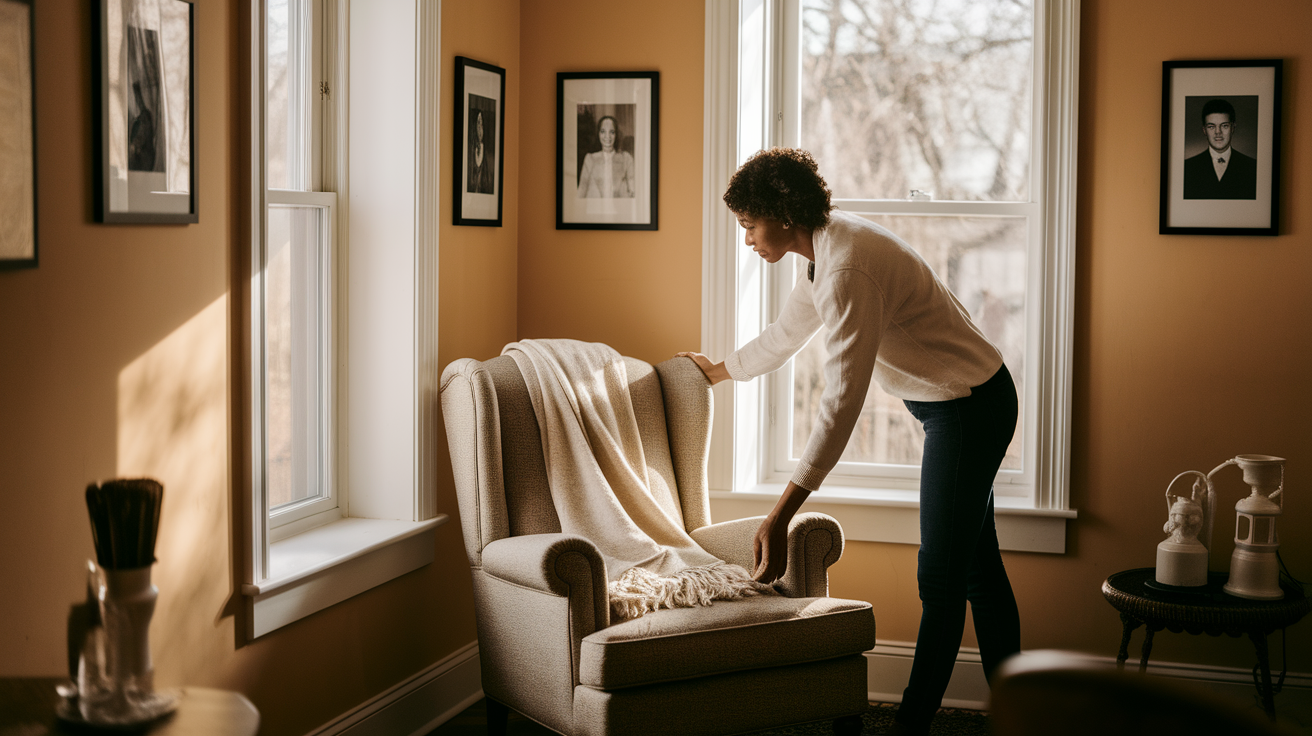
Cohesive design improves over time through constant editing and refinement.
Regularly assess your spaces for elements that uplift or disrupt your overall design vision.
Be willing to remove items that no longer contribute to your cohesive aesthetic, even if they’re perfectly good on their own.
Take photos of your rooms to see them more objectively, noting areas where cohesion could be improved.
Be patient with this process; the most cohesive homes develop gradually as their owners make increasingly intentional choices guided by a clear design vision.
Importance of Cohesive Design
- Creates a Sense of Calm: Walking through a home where colors, styles, and materials flow naturally from room to room feels peaceful and organized. Your brain doesn’t have to adjust to jarring changes, which reduces visual stress.
- Makes Your Home Feel Larger: Connected spaces that relate to each other visually make your entire home feel more spacious. The eye moves smoothly from one area to another without interruption.
- Saves You Money: With a clear design direction, you’ll make fewer impulse purchases that don’t work in your space. Items can also move between rooms more easily, giving you flexibility when refreshing your decor.
- Reflects Intentional Living: A cohesive home shows thoughtfulness and purpose. It feels like every element was chosen with care, even if you decorated over time.
- Simplifies Decision Making: Once you establish your design foundation, choosing new items becomes much easier. You’ll know instantly if something fits your home’s story.
- Enhances Your Mood: Living in a space where everything works together harmoniously actually improves your mood. The subtle connections between rooms create a background sense of order that’s deeply satisfying.
- Makes a Lasting Impression: Visitors notice cohesive design, even if they can’t pinpoint exactly why your home feels so put together. It creates a memorable experience of your space.
- Adapts to Your Life: A well-designed, cohesive home can grow with you over time while maintaining its essential character, giving you both stability and flexibility.
Conclusion
Creating a home that feels thoughtfully designed doesn’t happen overnight; it’s more like a conversation that grows over time.
Remember that cohesion isn’t about perfection or following rigid rules. It’s about making intentional choices that show who you are and how you live.
Start with the elements that speak to you most, whether that’s establishing a color palette or defining your signature style.
Then, build from there, one decision at a time. The beauty of cohesive design is that it becomes easier as you go; each choice informs the next.
Trust your instincts, be patient with the process, and enjoy watching your home transform into a space that feels uniquely, wonderfully yours.
Frequently Asked Questions
Is Creating a Cohesive Home Expensive?
Not necessarily. Having a plan often saves money by preventing impulse purchases that don’t work together.
How Do I Create Cohesion With Furniture I Already Own?
Look for common elements in your existing pieces, like similar colors or materials. To tie different styles together, add unifying accessories and consistent wall colors.
Should I Hire a Designer to Create Cohesion?
Not necessarily. While designers excel at creating cohesive spaces, you can achieve great results yourself by developing a clear vision and making intentional choices.

